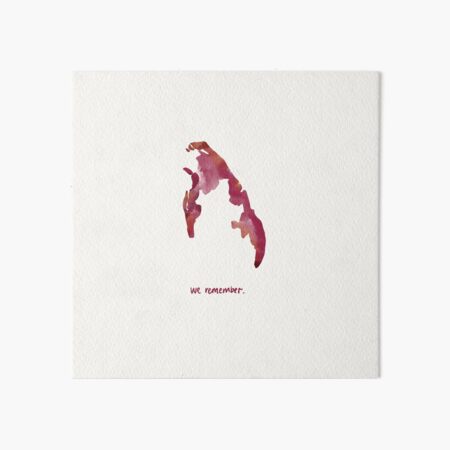

The United National Party (UNP) led by J.R. Anti-Tamil riots and strengthening militancy Among several resistance groups formed at this time was the Tamil New Tigers, later becoming the Liberation Tigers of Tamil Eelam (LTTE). The idea of a separate state became dominant in 1976 with the creation of the Tamil United Liberation Front (TULF).

Gradually groups from both communities moved towards extremism. State-sponsored colonization schemes put many Sinhalese settlers into Tamil areas. This 1972 Constitution further discriminated Tamils. In 1968 the Federal Party left the government and the new UF government which came to power in 1970, wrote a new Constitution. In 1964 an agreement between Sri Lanka and India provided for the repatriation of 975,000 Tamils over a period of fifteen years 300,000 others would be granted Sri Lankan citizenship. Elections held in 1960 saw the Federal Party gain the Northern Province and win all seats representing the Eastern Province.ĭuring the 1960s the ‘Sinhala only’ policy was expanded by the ruling United Front (UF) government to include court proceedings, previously conducted in English. The assassination of Bandaranaike in 1959 led to the strengthening of the main Tamil party, Tamil Federal Party, which called for parity of status for Tamils, citizenship on the basis of residence, and the creation of one or more linguistic states. The growth in Sinhala nationalism and the adoption of Sinhala as the official language of Sri Lanka contributed to the discord amongst the Tamils and resulted in further discrimination and isolation of minorities. However, this did not transpire in a manner that met minority aspirations. The post-independence history of the conflict traces back to the years leading up to Sri Lankan independence and to assurances given to the Tamil minority by the first Sri Lankan Prime Minister, Stephen Senanayake, that they would not be discriminated against with regard to representation and legislation. According to UNHCR, those who had an Indian passport but remained in Sri Lanka were given the option of making a written declaration rescinding Indian citizenship and taking on Sri Lankan nationality. In 2003 a new act authorised the granting of citizenship to all persons of Indian origin. In the 1980s there were some 86,000 applications for Indian citizenship pending when India informed Sri Lanka that previous agreements were not binding because the implementation period had ended.īy the year 2000 there were still some 300,000 Tamils who were stateless and living in Sri Lanka.

According to UNHCR, at the time a little over 500,000 people applied for Indian citizenship, whereas 470,000 applied for Sri Lankan nationality, which was well over the number the country had agreed to grant nationality to. In the 1970’s India and Sri Lanka entered into a pact where India agreed to grant citizenship to 600,000 Tamils who wanted to return to India Sri Lanka agreed to grant citizenship to those Tamils who decided to stay on. Agreements with the Indian government, providing for repatriation or the awarding of Sri Lankan citizenship, were not fully implemented.

At the dawn of independence, they were made stateless and deprived of their political rights through the Citizenship Acts of 1948-9. They are the descendants of labourers brought to the island by the British to work on tea plantations. The ‘Up Country’ Tamil community is of comparatively recent origin. The Ceylon Tamils are south Indians who were amongst the first settlers in Sri Lanka who arrived as early as the 5 th century BC. Tamil communities are particularly well-established in the northern and eastern parts of the island. Both Tamil groups are predominantly Hindu. There are two groups of Tamils numbering in total some 3.1 million (2012 Census): ‘Sri Lankan Tamils’ (also known as ‘Ceylon’ or ‘Jaffna’ Tamils), the descendants of Tamil-speaking groups who migrated from south India many centuries ago and number almost 2.3 million (2012 Census) and ‘Up Country Tamils’ (also known as ‘Indian’ or ‘estate’ Tamils), who number around 840,000, descendants of comparatively recent immigrants. We have a small favour to ask: if you appreciate our work, would you mind considering making a donation to support our work? Thanks for using our World Directory of Minorities and Indigenous Peoples! We hope you find it interesting.


 0 kommentar(er)
0 kommentar(er)
